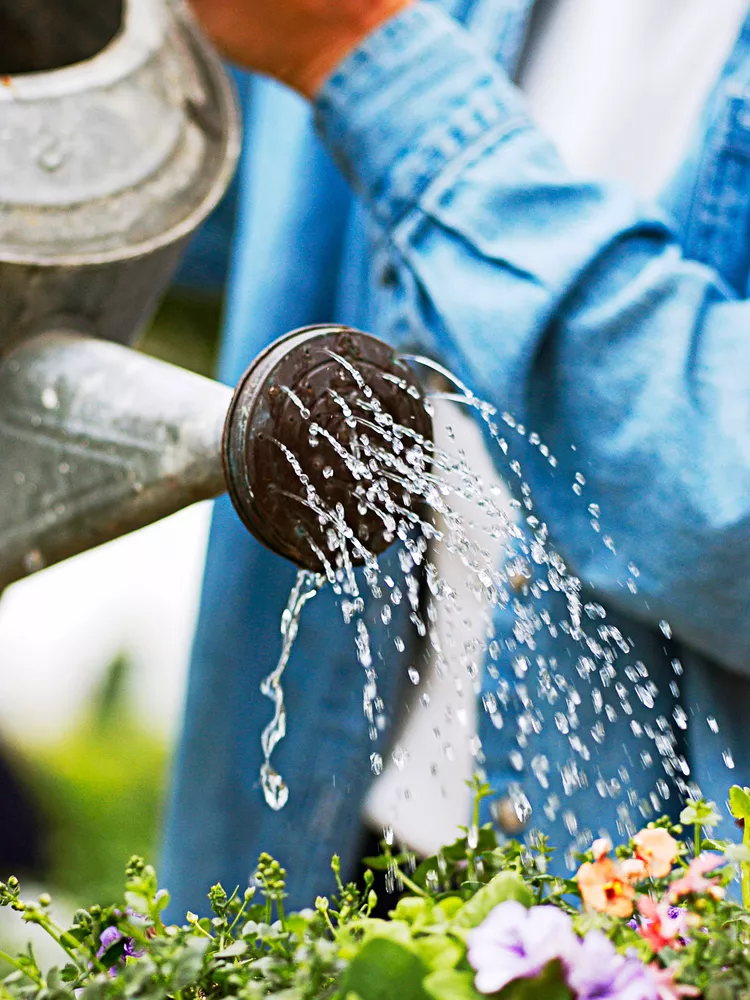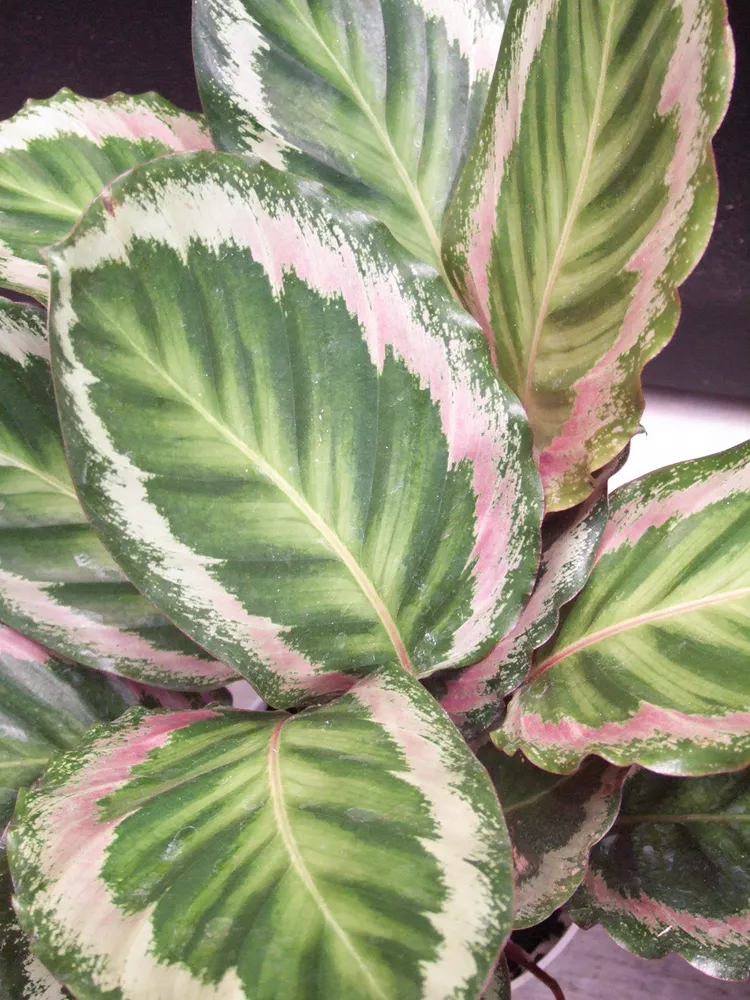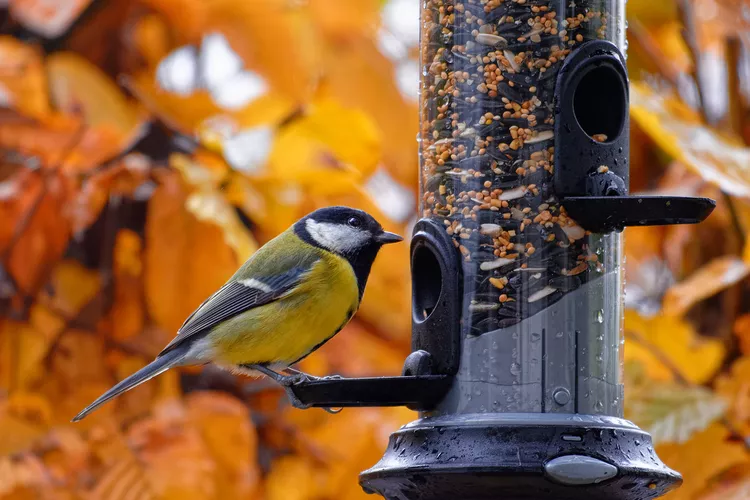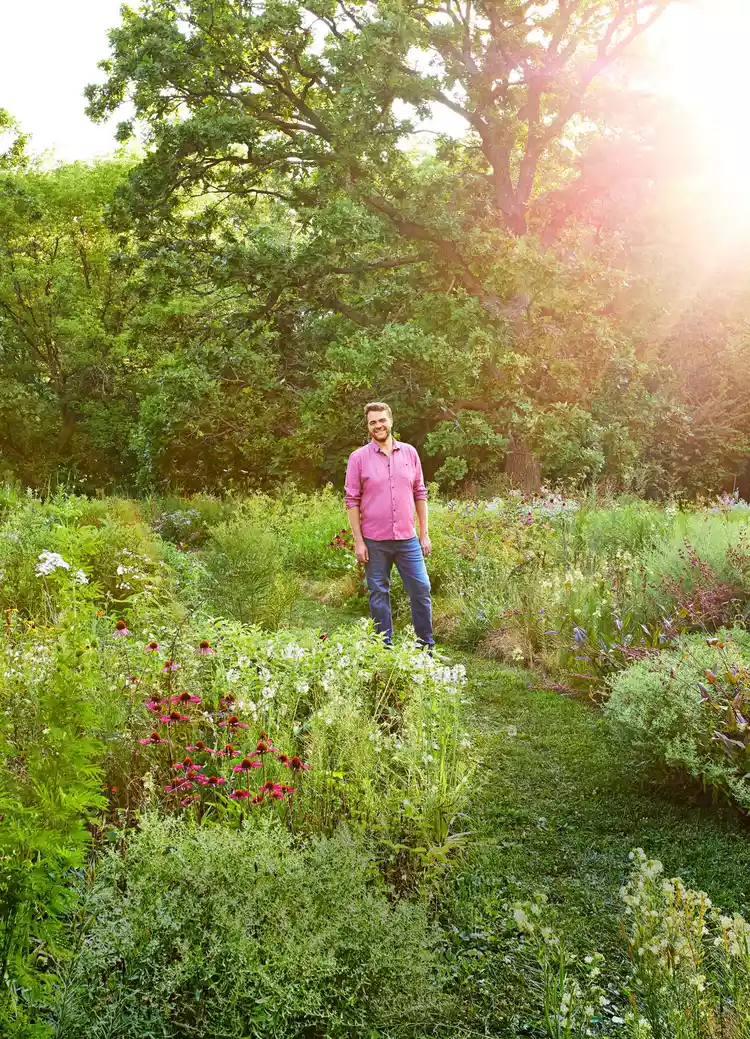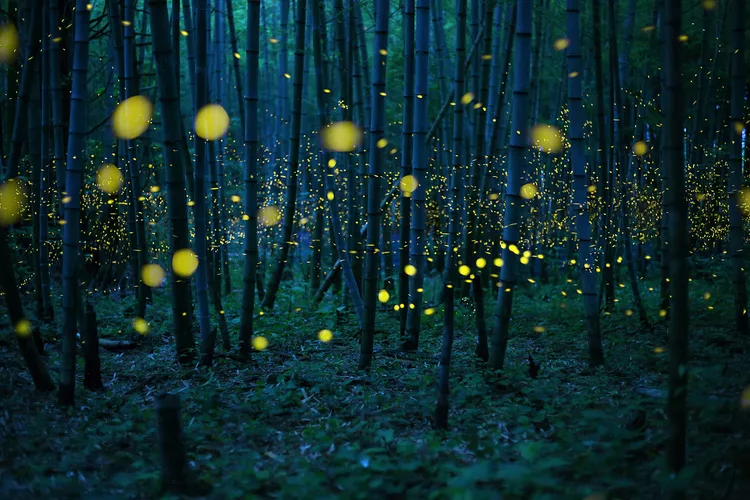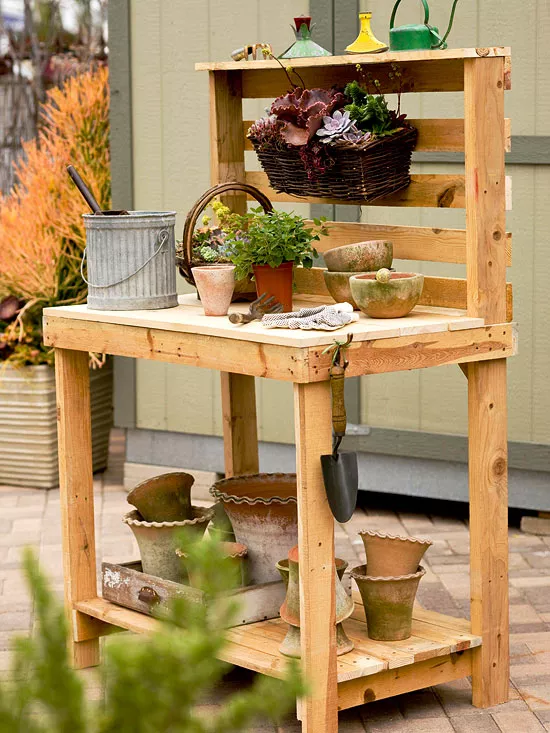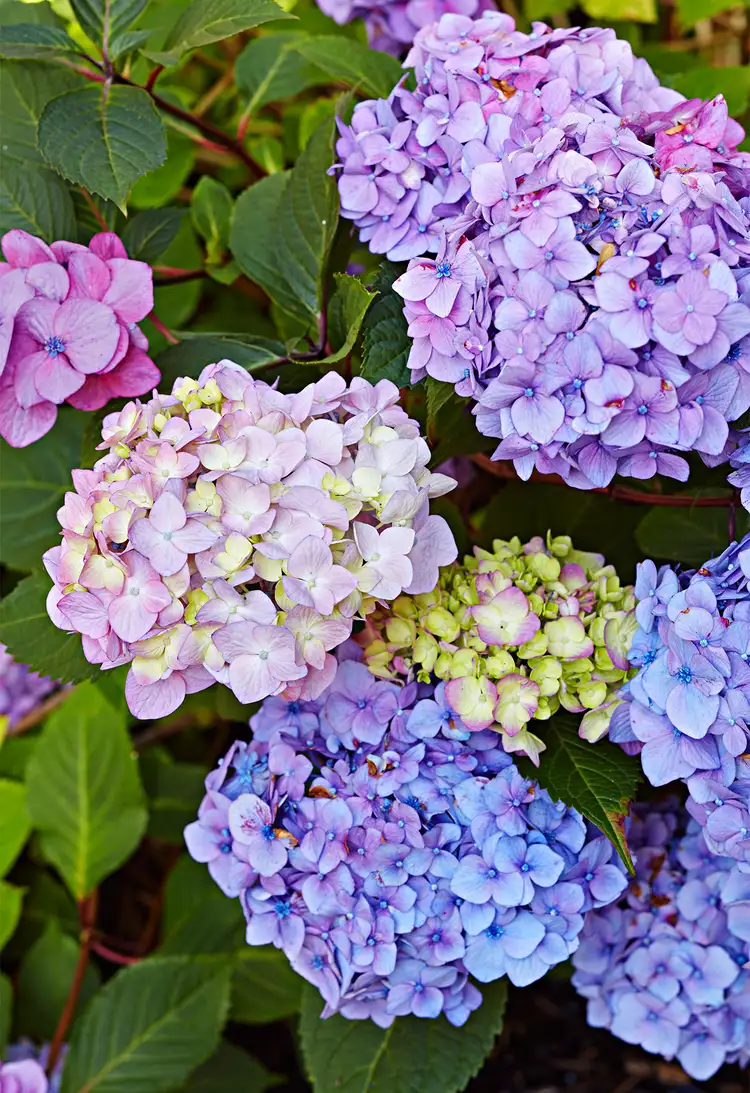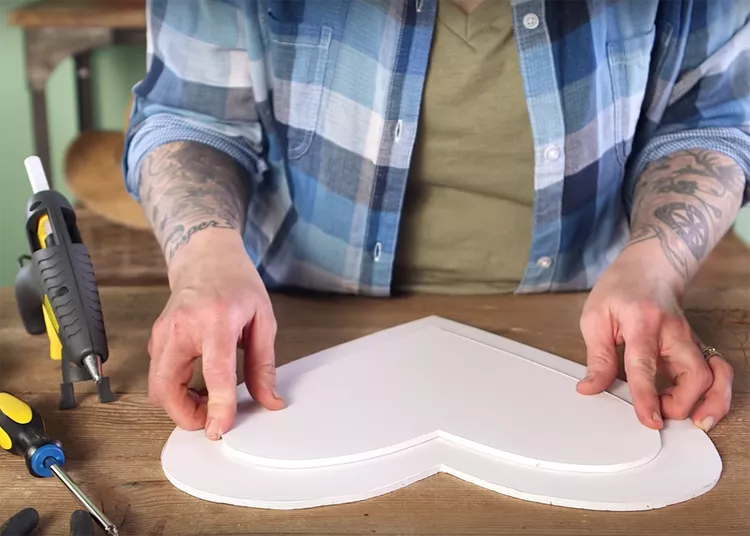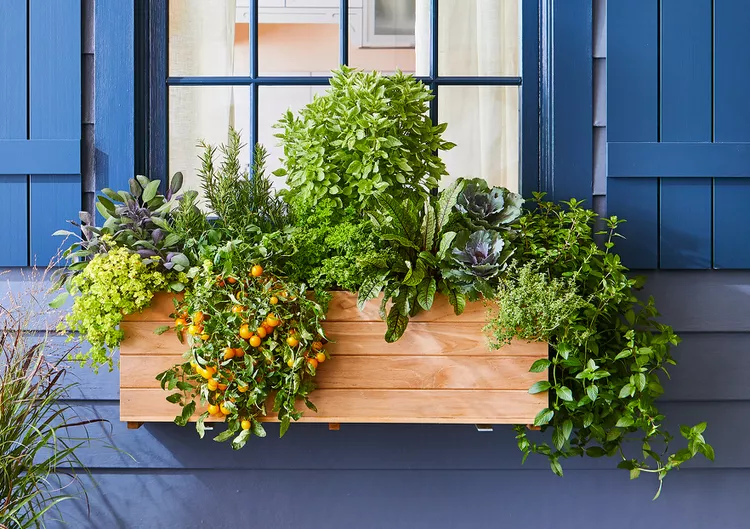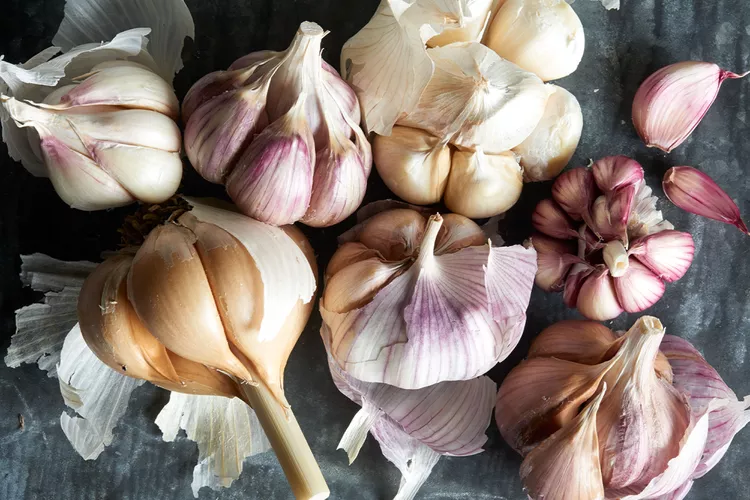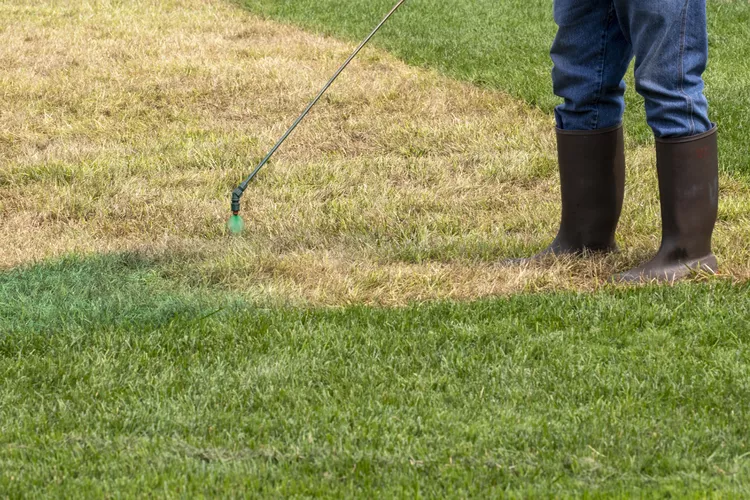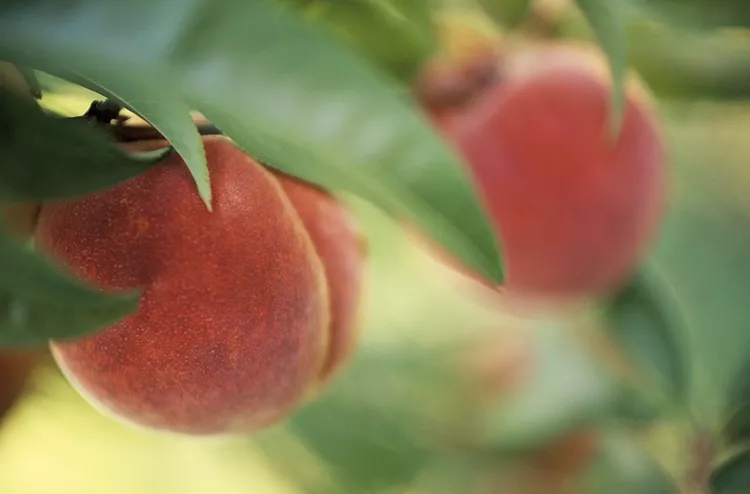There’s an art to watering your garden. When you know the best time of day to water outdoor plants, and the tricks to watering them most efficiently, you’ll have happier plants. Even if you live in a rainy place like New Orleans or Seattle, you’re still going to need to water your garden plants at least once in a while. Every summer there will be stretches of dry, hot days between rainfalls. That’s when you’ll need to provide additional moisture to keep your plants thriving. Water is too precious to waste, so here’s what you need to know about how and when to water your plants.
When is the best time to water plants?
The best time to water outdoor plants is in the morning when temperatures are usually cooler. This gives the plants time to absorb the water so they can get through a long, hot day. The second-best time is late in the afternoon or early in the evening. Try not to water at night. Night-time watering is not ideal because your plants’ leaves may not be able to dry off as quickly as other times of day. Wet leaves are more susceptible to diseases.
That said, water your plants the moment you notice they look wilted. A wilted plant equals a stressed plant that needs immediate help. For example, if your tomato plants are wilted when you get home from work in the evening, don’t wait until morning to water them. Go ahead and water them right away, but keep the leaves dry as much as possible. And try not to let your plants get to the wilting point again. Repeated wilting can weaken and damage plants, making them less able to withstand heat and pests.
Test Garden Tip: If getting up at 6 a.m. to water your plants isn’t your speed, install drip irrigation or soaker hoses. You can set them to run on a timer and they will deliver water directly into the soil, not on the leaves. This makes your water go a lot farther because it lessens evaporation. It also helps keep your plants healthier by keeping water away from the leaves.
How much water do plants need?
The rule of thumb for a vegetable garden or raised bed is an inch of water per week. That’s around 60 gallons of water for every 100 square feet of garden. You can keep track of your rainfall by installing a rain gauge or checking local weather information to see if Mother Nature delivered your weekly inch of rain. Or you can measure the old-fashioned way: take off your garden gloves and stick your finger into the soil. If the dirt feels dry two inches below the surface, you need to water.
Test Garden Tip: Mulch will slow down evaporation, so your soil will stay moist longer. Putting a two-inch layer of mulch on the top of your soil will mean less watering for you.
Must-Know Watering Tips
Many common fungal and bacterial plant diseases spread more quickly in wet conditions. You can’t help when rain gets your plants wet, but you can still minimize diseases by keeping leaves as dry as possible when you water. The best way to give your plants a drink is to put water on the soil near the base of the plant with a hose or watering can. Don’t dump water on the plants from above. And do not use overhead sprinklers. Not as much water reaches the soil when it’s delivered with a sprinkler, plus there’s the whole damp leaves thing that can cause problems.
Aim for a slow, deep watering, so the moisture has a chance to soak into the soil. You want the water to penetrate deep into the soil. Depending on the size of the plant and the type of soil, you want to saturate the top 6 inches of soil each time you water. Drip irrigation and soaker hoses are great for watering gardens this way. Plus, these systems will save money on your water bill because they put water right at the base of the plant, with little waste. A watering wand on a hose can help you put water on the base of the plants, too.
Watering Container Plants
Plants in containers dry out a lot faster than plants in the ground. Pots absorb heat, which can stress plant roots, and the soil in them dries out much faster than soil in the ground. Container plants generally need to be watered daily. During really hot weather, you may need to even water twice a day, especially smaller containers. Do the finger test to see if the potting mix feels dry two inches down. If it does, or you see wilting plants, grab a watering can, stat.
How Often to Water New Plants
Plants you’ve recently added to your garden or a container are going to need more frequent watering than mature, established plants. New plants need time to grow more roots that can suck up water from a larger volume of soil. Whether a perennial, tree, or shrub, if it’s been in the ground less than a year, it will need regular watering, more than it will get from rainfall. The rule of thumb is water when needed, which ideally is when the soil feels dry but before you see any signs of wilting. If any plant looks wilted, give it a deep drink at once.
Tips for Watering Indoor Plants
The rules are different for watering houseplants. The best time to water indoor plants is less about time of day and more about the type of the plant and the season. Some houseplants grow in the summer and spring and go dormant in the fall and winter, so they’ll need less water when their growth slows.
Many popular houseplants, such as monstera and philodendrons, hail from tropical regions where rain comes downs in sheets. They’ll need regular watering to look good. For houseplants native to arid regions (think snake plants and succulents) let the soil dry out between waterings. Make a habit of checking your houseplants once a week to see if they need water. Check the leaves for wilting and test the top inch of soil with your finger to see if it’s dry enough to need a drink.
Test Garden Tip: You’re more likely to overwater indoor plants than underwater. Too much water will drown your plants. A good rule of thumb is to let the top inch of the soil dry out between waterings.
